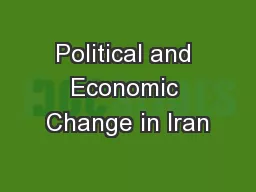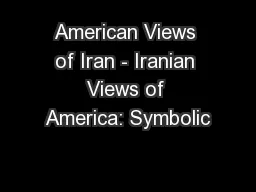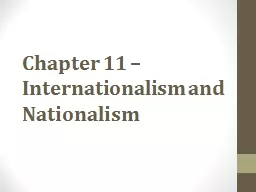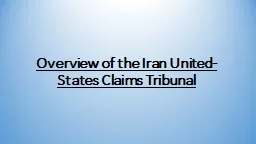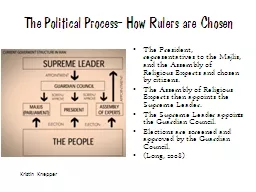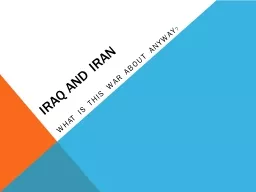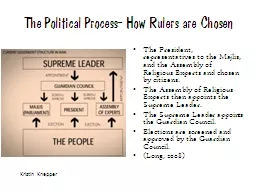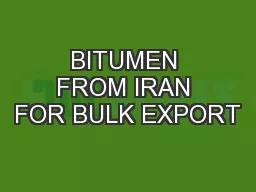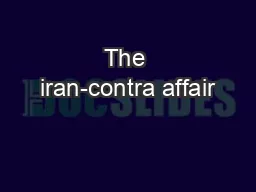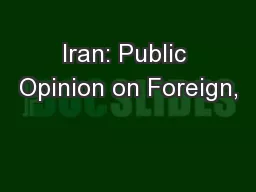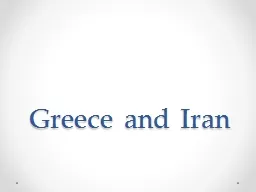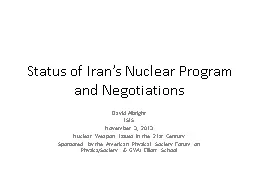PPT-Political and Economic Change in Iran
Author : pasty-toler | Published Date : 2017-10-15
Isaac Littler Safavids 15011722 Predominantly Persian elite Claimed to be descendants of the Twelve Imams Lack of central control Converted about 90 of population
Presentation Embed Code
Download Presentation
Download Presentation The PPT/PDF document "Political and Economic Change in Iran" is the property of its rightful owner. Permission is granted to download and print the materials on this website for personal, non-commercial use only, and to display it on your personal computer provided you do not modify the materials and that you retain all copyright notices contained in the materials. By downloading content from our website, you accept the terms of this agreement.
Political and Economic Change in Iran: Transcript
Download Rules Of Document
"Political and Economic Change in Iran"The content belongs to its owner. You may download and print it for personal use, without modification, and keep all copyright notices. By downloading, you agree to these terms.
Related Documents

